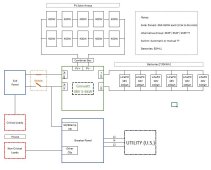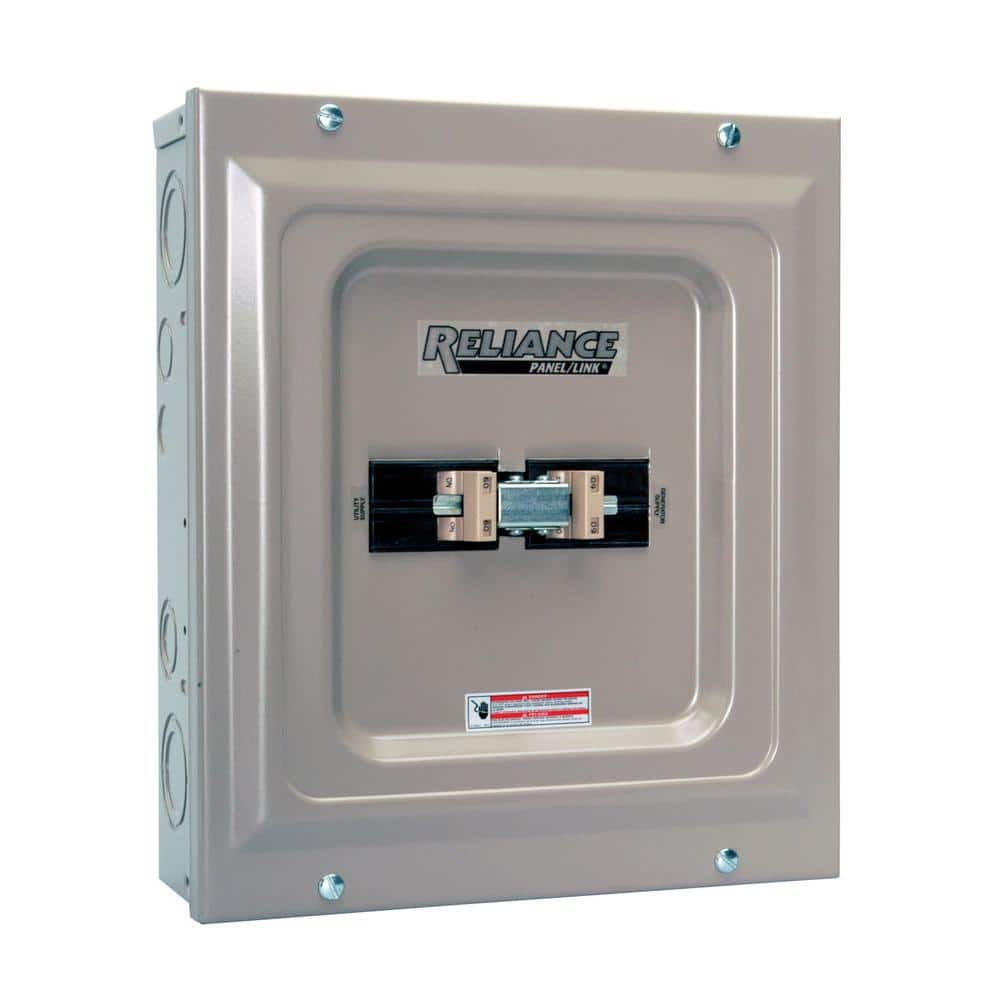daryl_egen
New Member
- Joined
- Nov 12, 2021
- Messages
- 13
I'm just in the early planning phase. Still deciding on everything. One thing I'm still struggling with is knowing if/when I need a transformer. I'm looking at the 5kW Stackable 48V 240VAC 100A 450VDC Off-Grid Inverter by Growatt.
I'm not sure how much it will matter yet, but guessing I'll be going with 8 to 12 panels (probably bifacials that are around 400w) and 2 to 6 of the 48V 5kWh EG4 batteries (possibly starting with 2 and adding more later)...
Anyway, back to my original question. With the 240VAC inverter mentioned above, would I need a transformer if I want any 120V options? Or would a transformer only needed if I want to be able to have 120v AND 240v (like my grid panel)?
I know there similar 120V options (like: 3kW Stackable 48V 120VAC 80A 250VDC Off-Grid Inverter by Growatt), but then I don't think I could add a 240V circuit if I need one....
I'd like for this system to be able to stay off-grid, use my grid-power to supplement/assist with charging the batteries... But I'd kinda like to have a second circuit breaker for a few things from the inverter (possibly both 120v AND 240v).
You may not care, but for those wondering why: I have some cryptomining rigs. My PSUs vary. Some run 240v only and some can run on 120v or 240v. I currently use a 240v circuit and PDU to run them. But I would also like the inverter to be able to run some 120V stuff in my house as well, if I lose power...
Being new to this, I'm trying to design some plans that I can submit to city code inspectors for permits and get this project started...
Thanks for any and all assistance/advice.
I'm not sure how much it will matter yet, but guessing I'll be going with 8 to 12 panels (probably bifacials that are around 400w) and 2 to 6 of the 48V 5kWh EG4 batteries (possibly starting with 2 and adding more later)...
Anyway, back to my original question. With the 240VAC inverter mentioned above, would I need a transformer if I want any 120V options? Or would a transformer only needed if I want to be able to have 120v AND 240v (like my grid panel)?
I know there similar 120V options (like: 3kW Stackable 48V 120VAC 80A 250VDC Off-Grid Inverter by Growatt), but then I don't think I could add a 240V circuit if I need one....
I'd like for this system to be able to stay off-grid, use my grid-power to supplement/assist with charging the batteries... But I'd kinda like to have a second circuit breaker for a few things from the inverter (possibly both 120v AND 240v).
You may not care, but for those wondering why: I have some cryptomining rigs. My PSUs vary. Some run 240v only and some can run on 120v or 240v. I currently use a 240v circuit and PDU to run them. But I would also like the inverter to be able to run some 120V stuff in my house as well, if I lose power...
Being new to this, I'm trying to design some plans that I can submit to city code inspectors for permits and get this project started...
Thanks for any and all assistance/advice.





